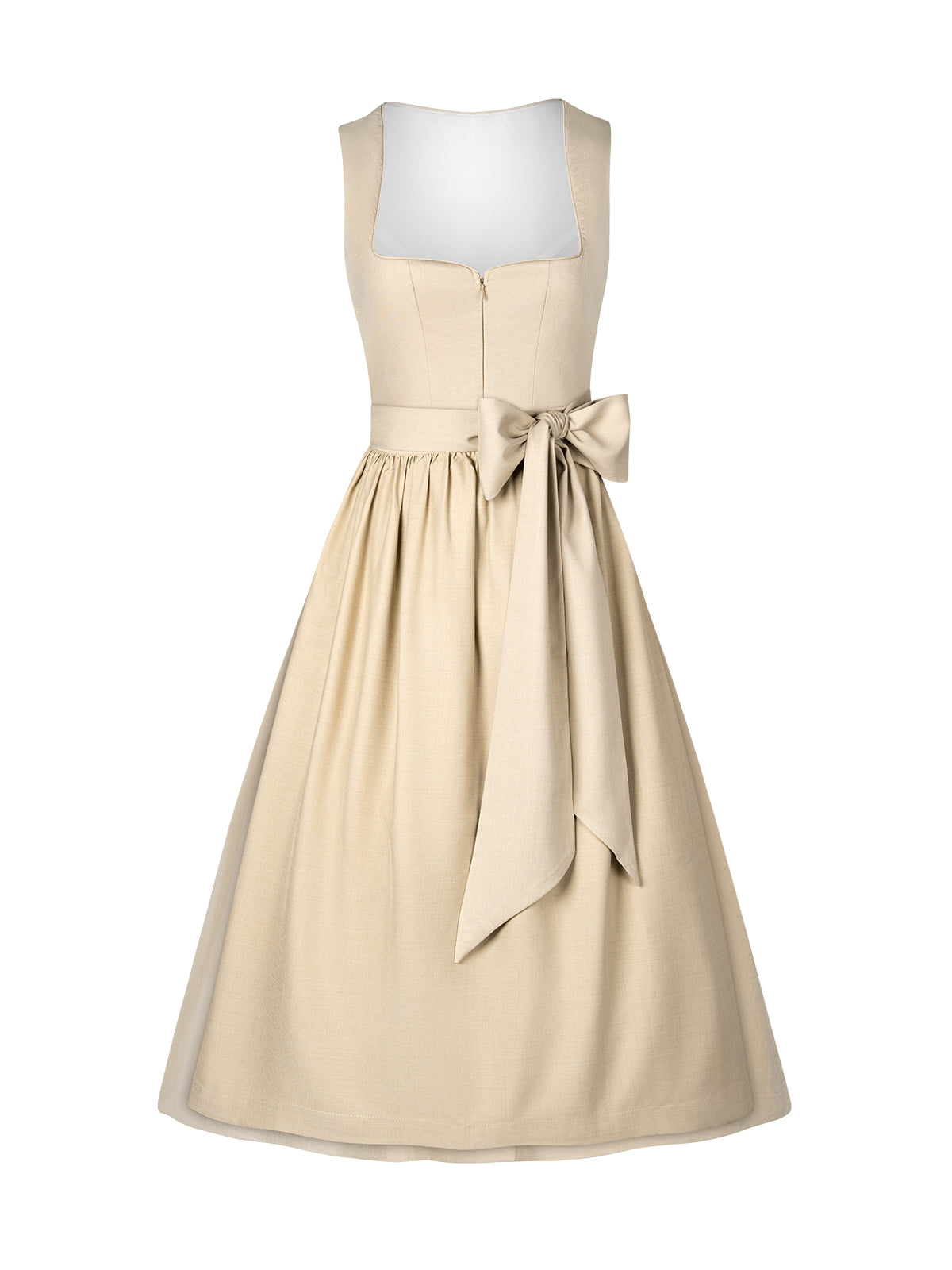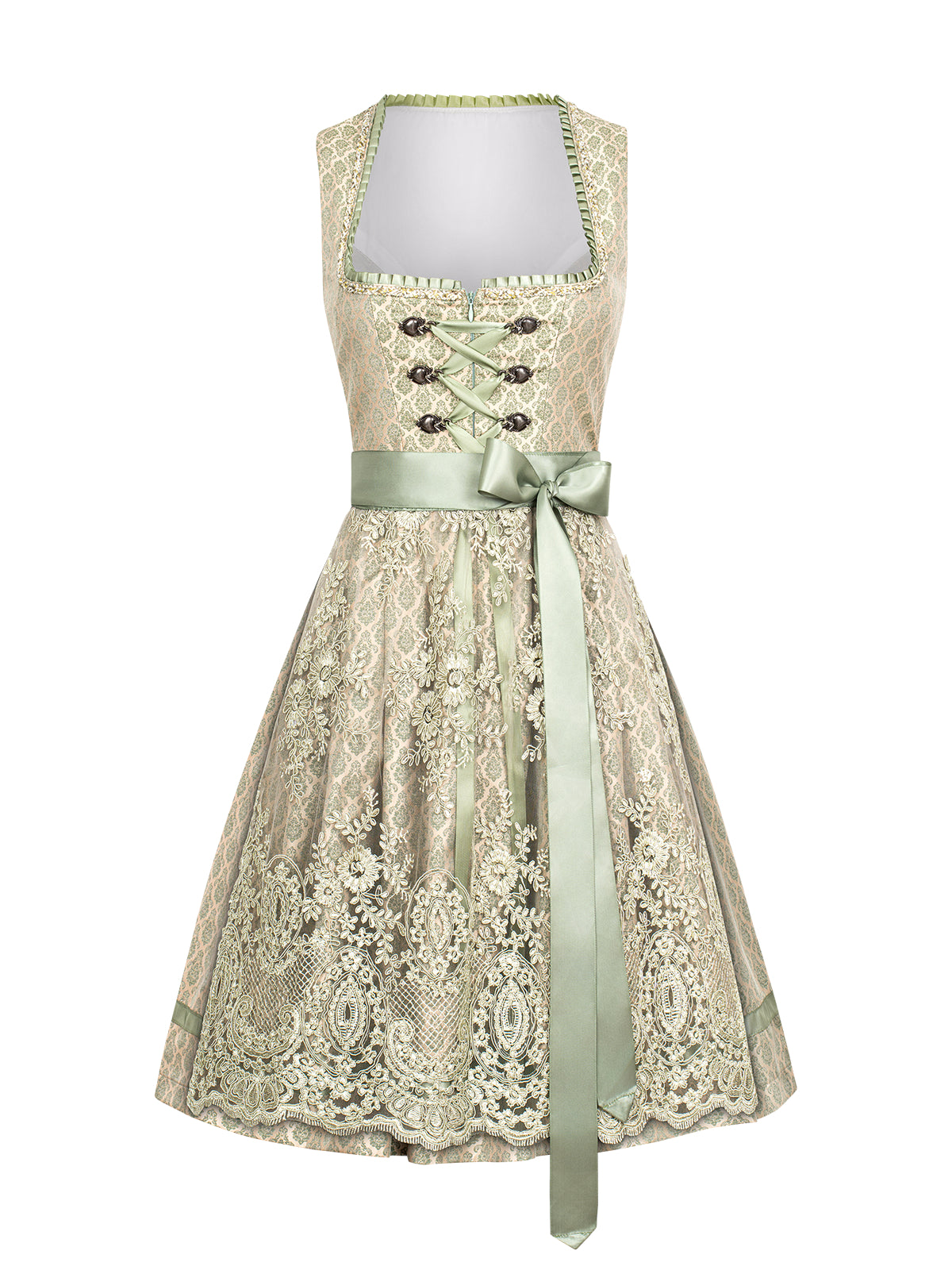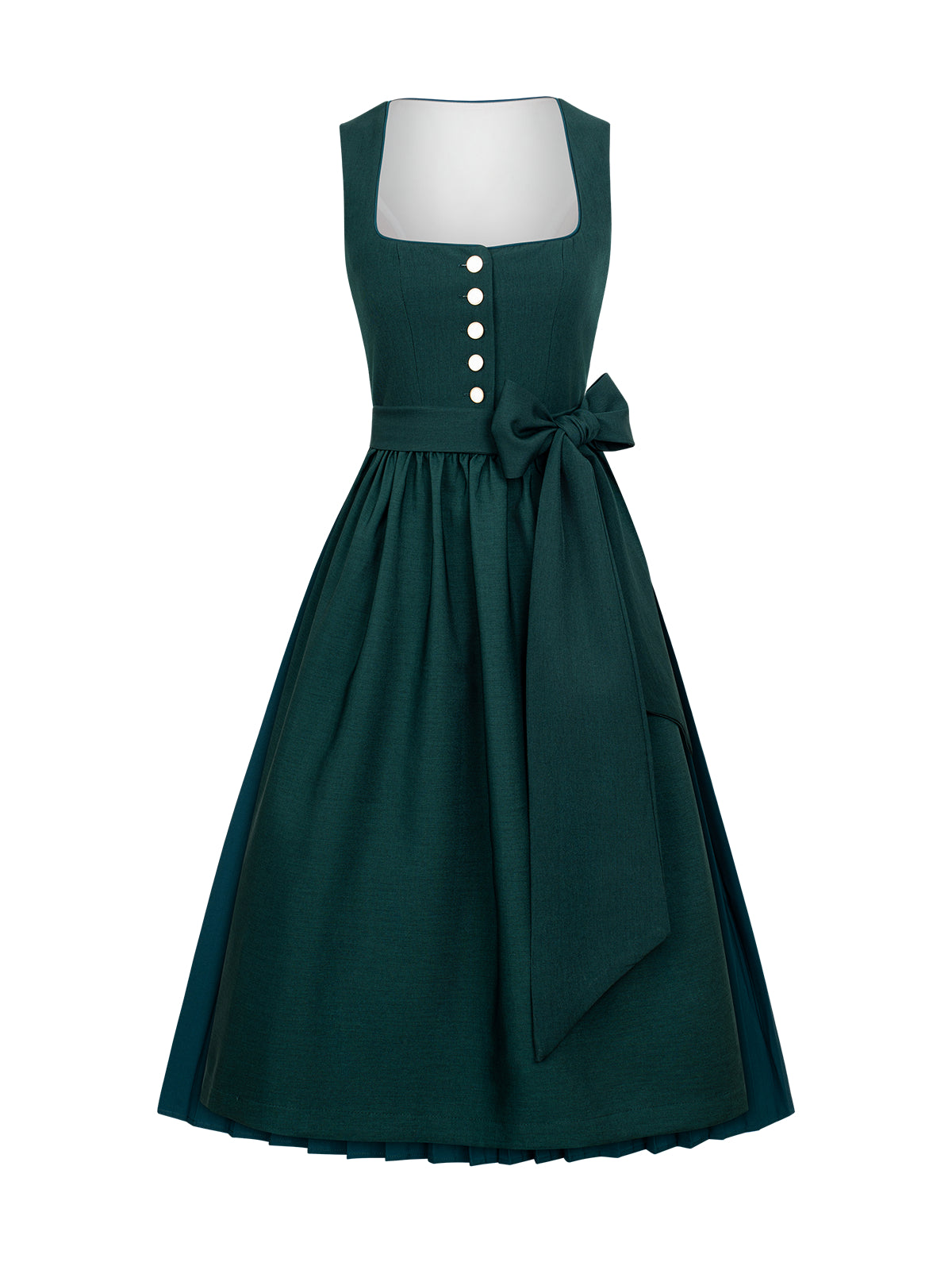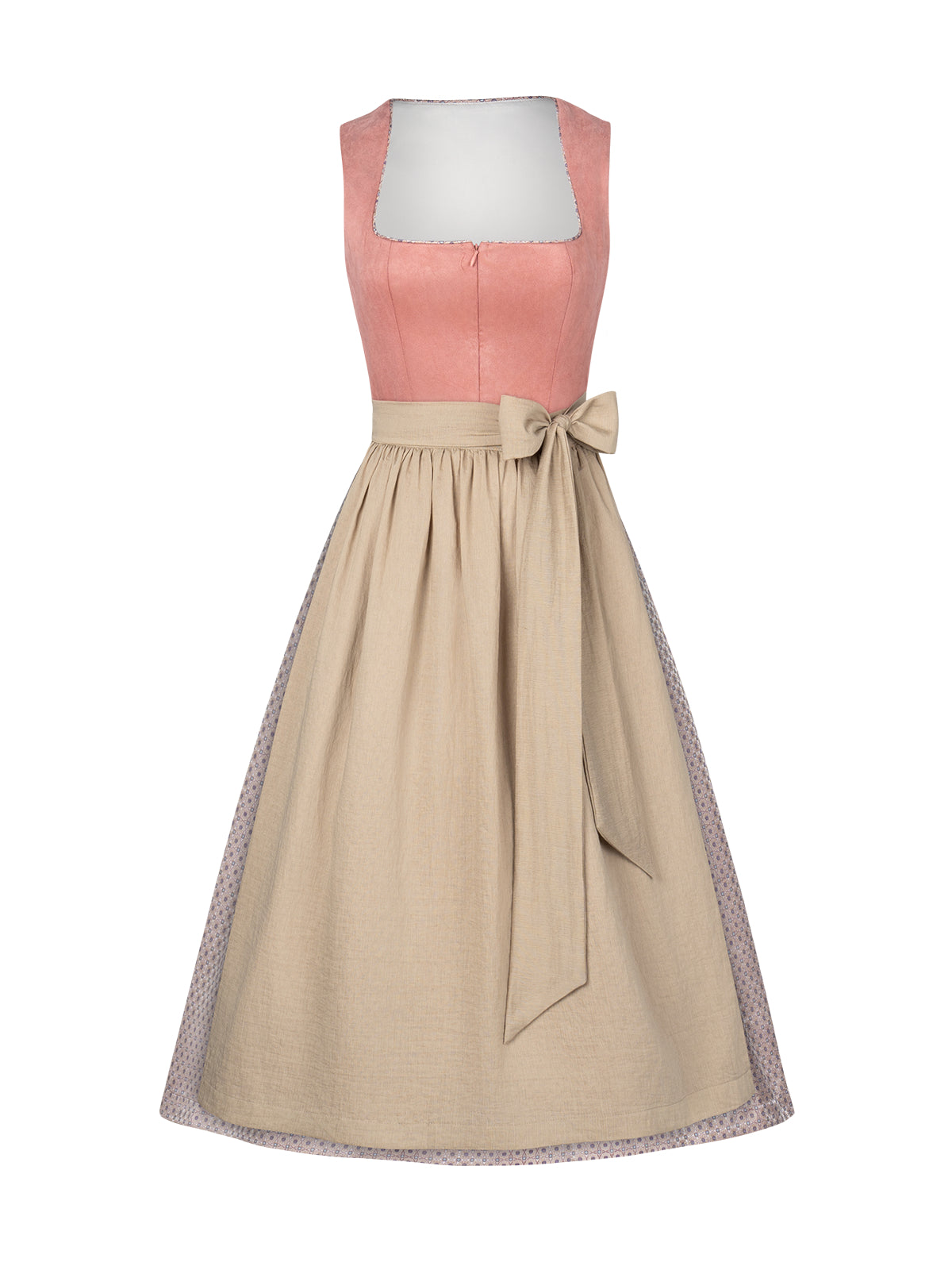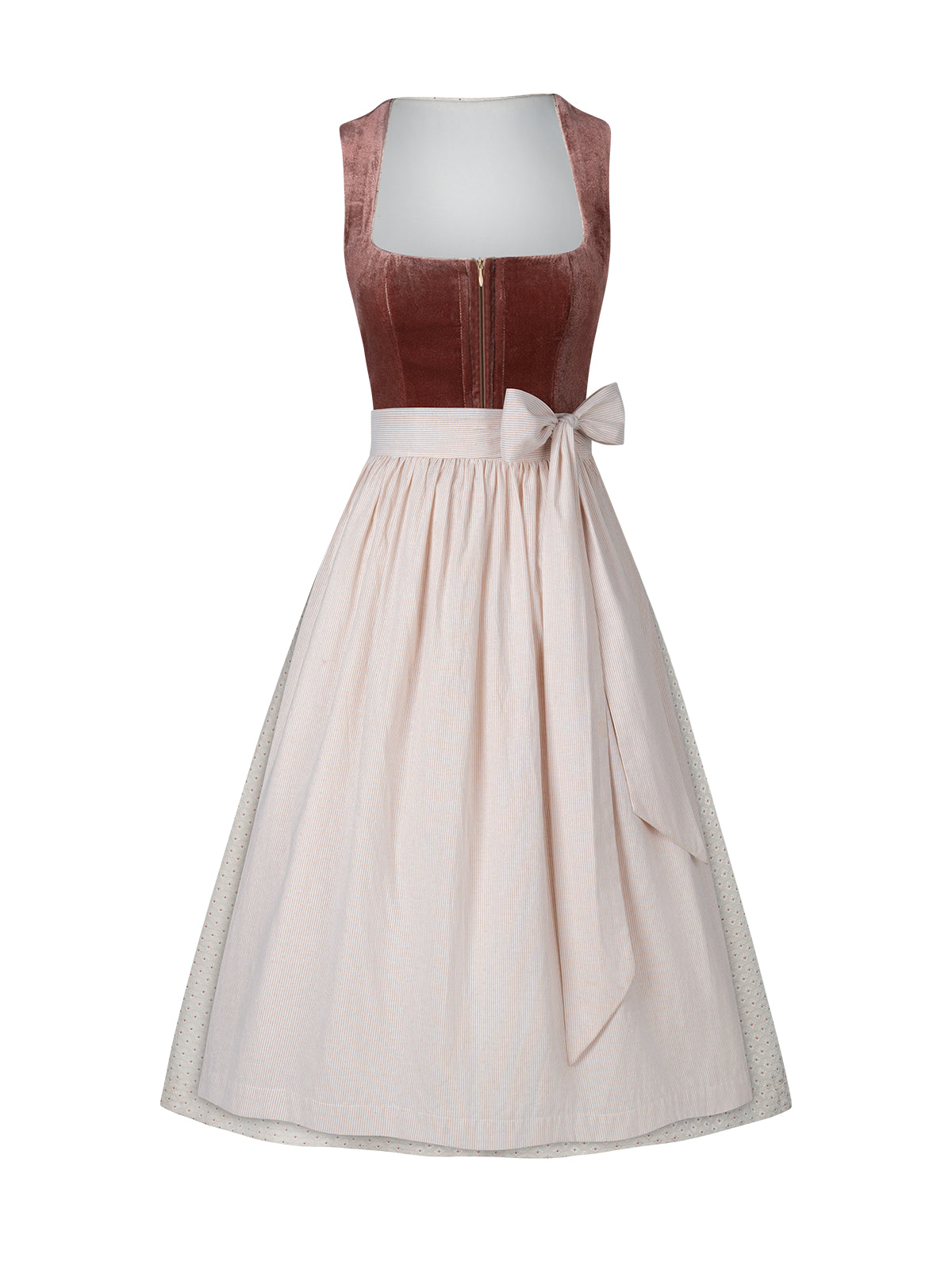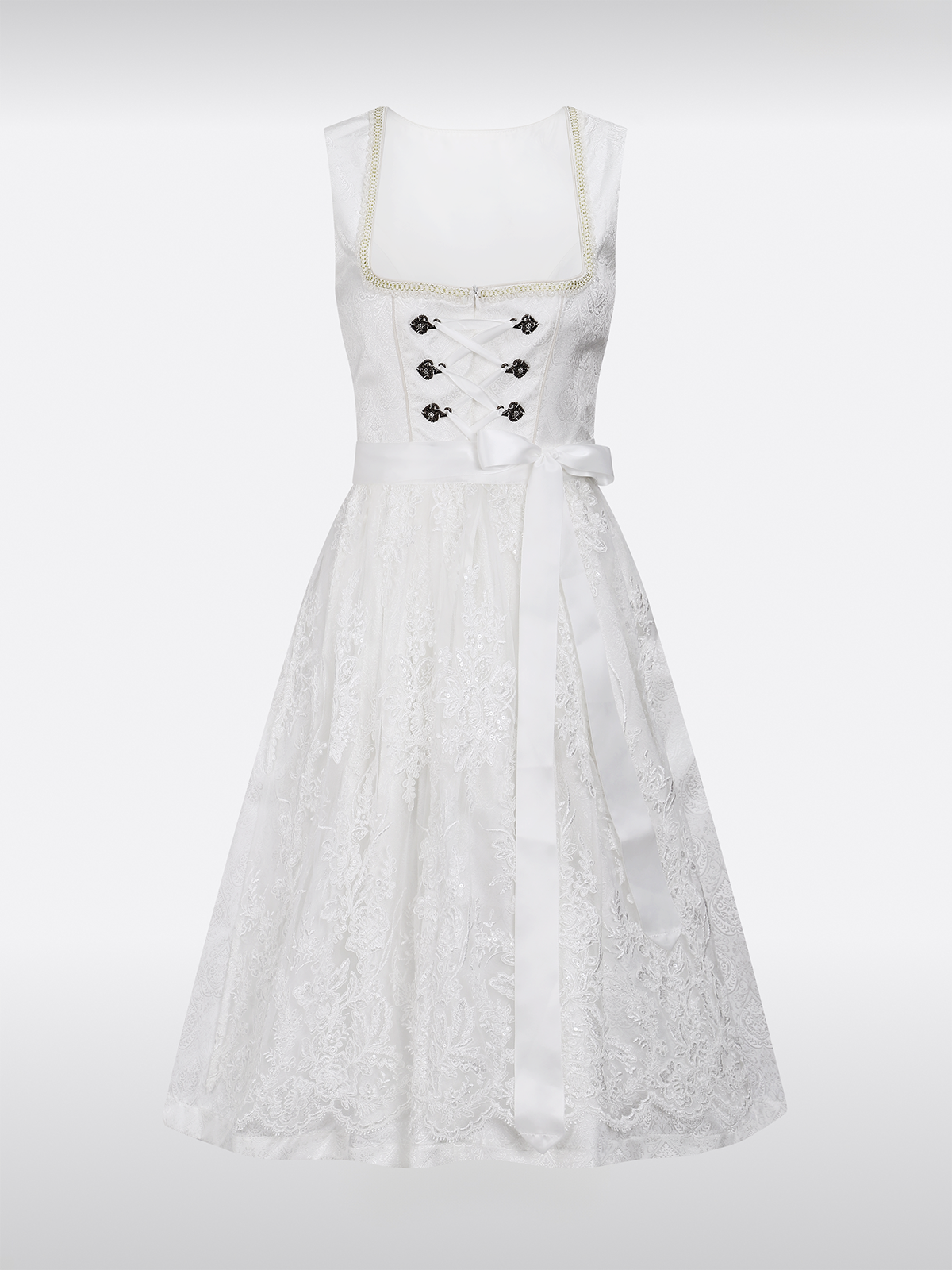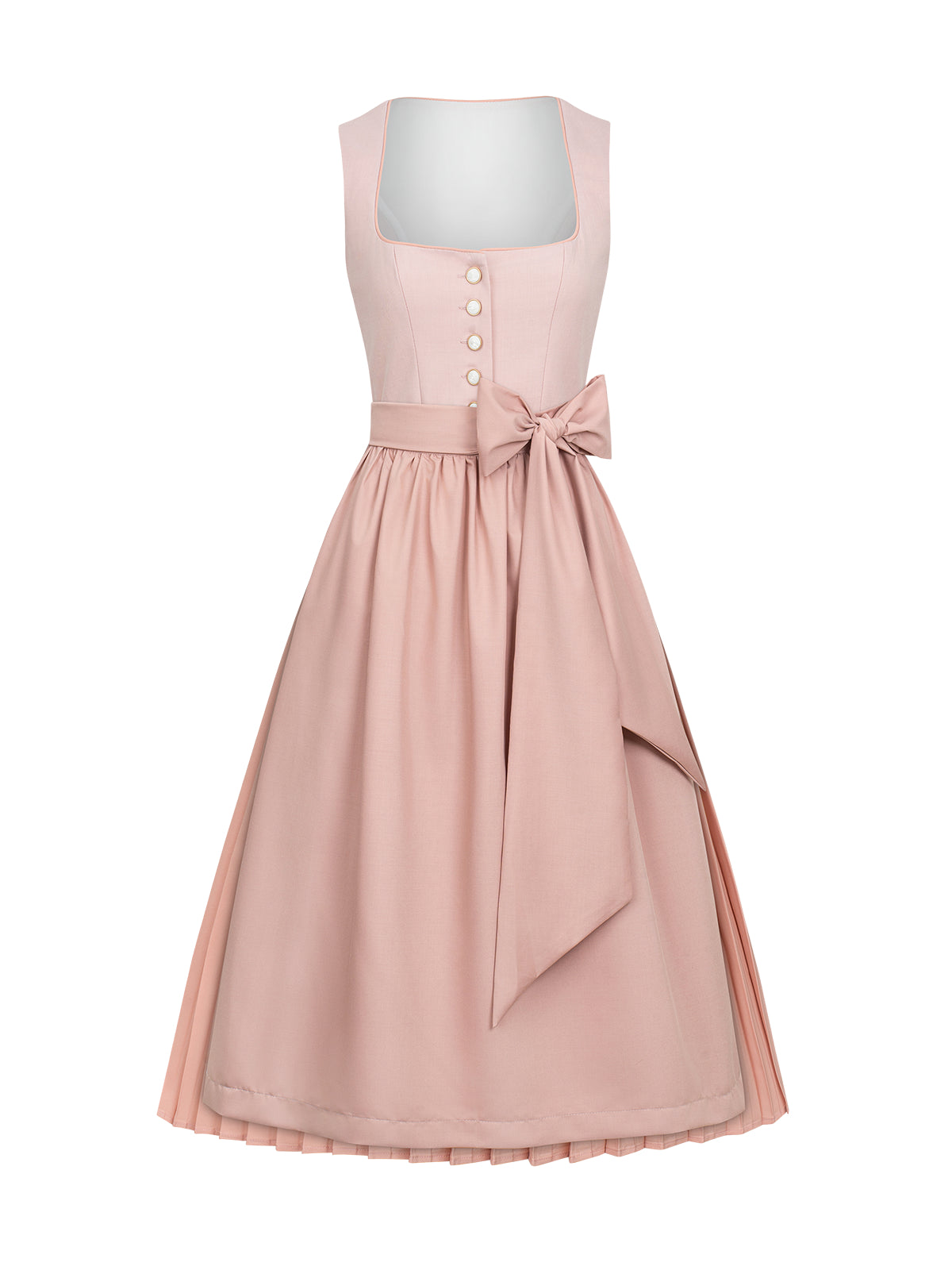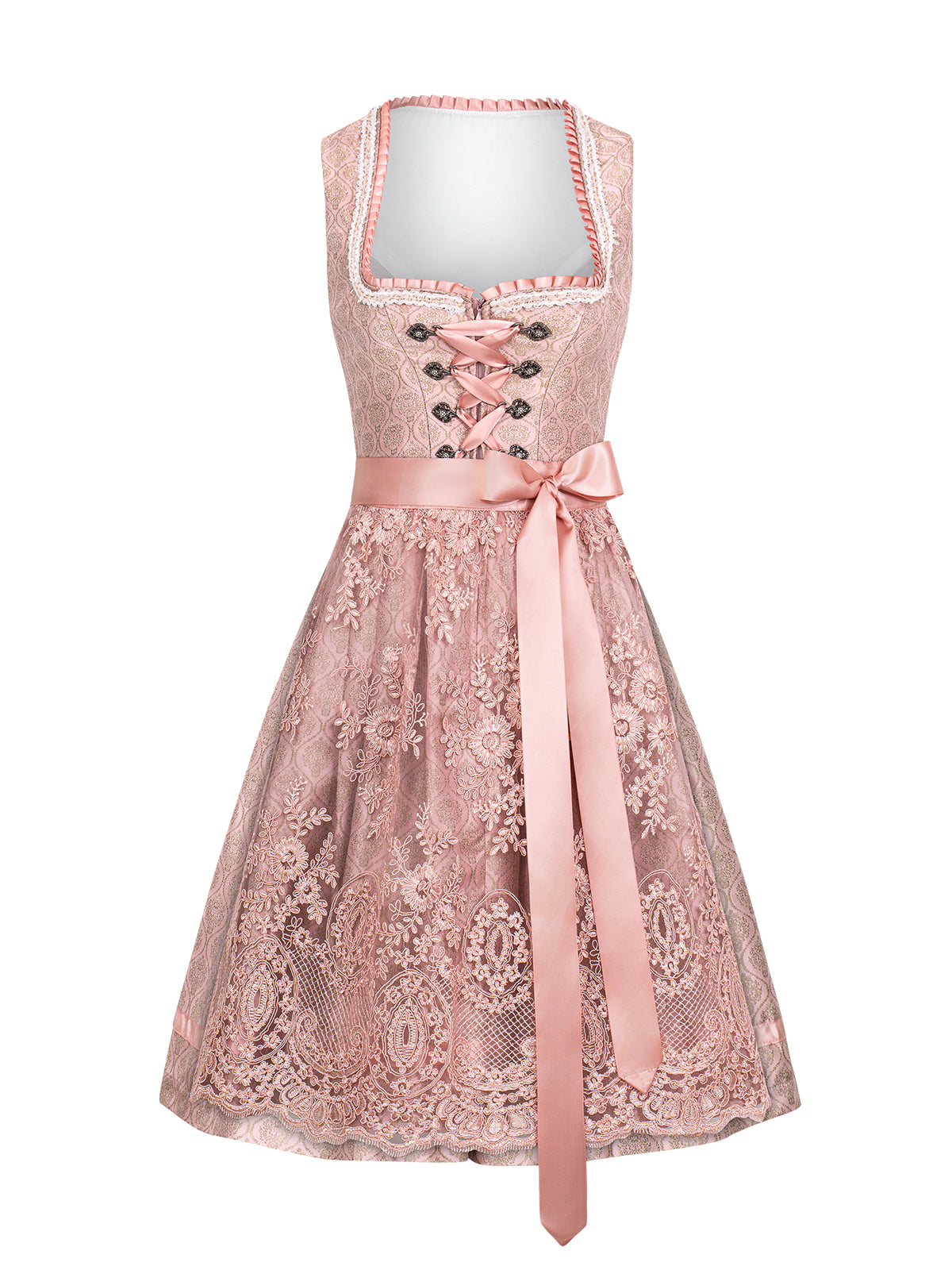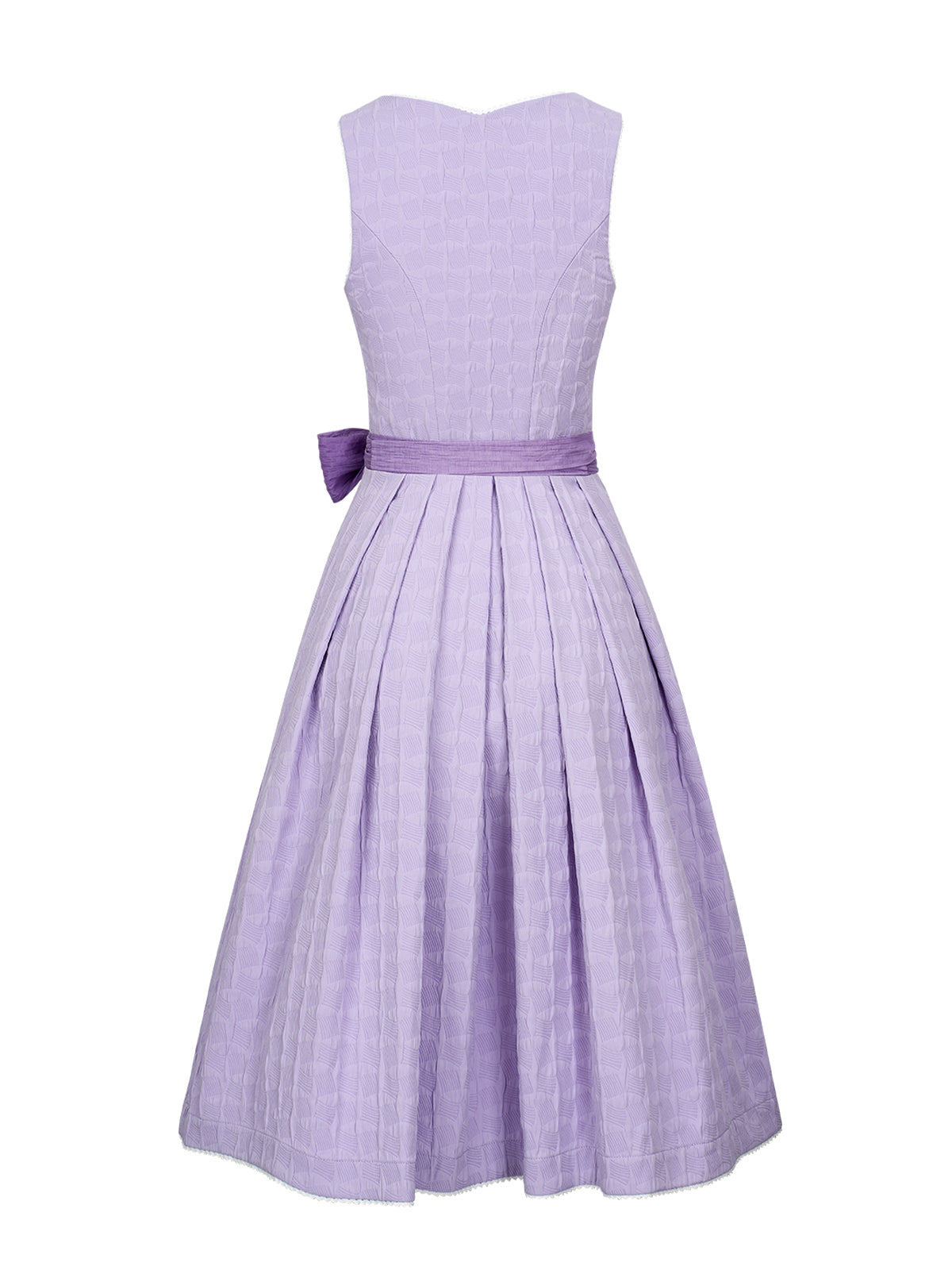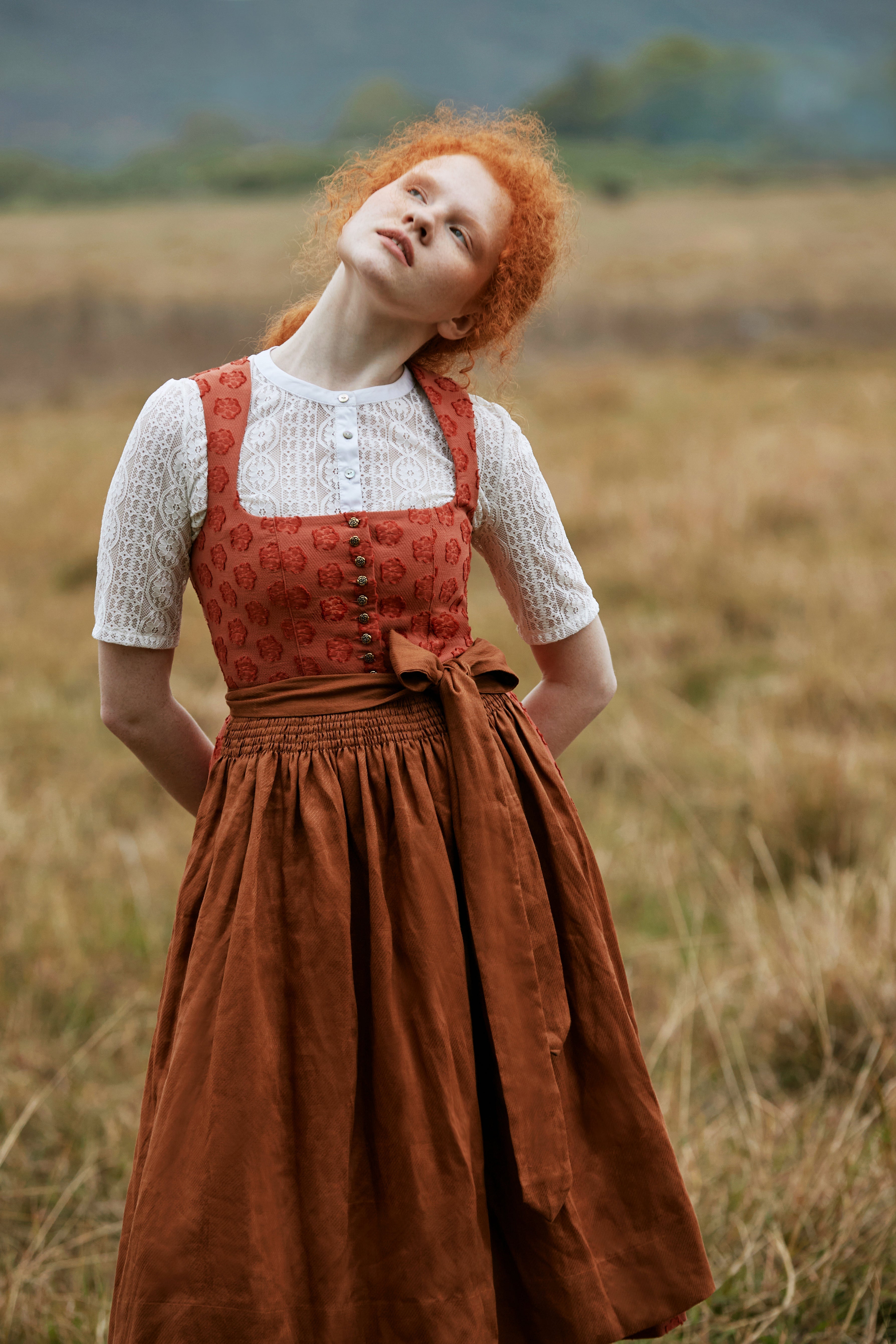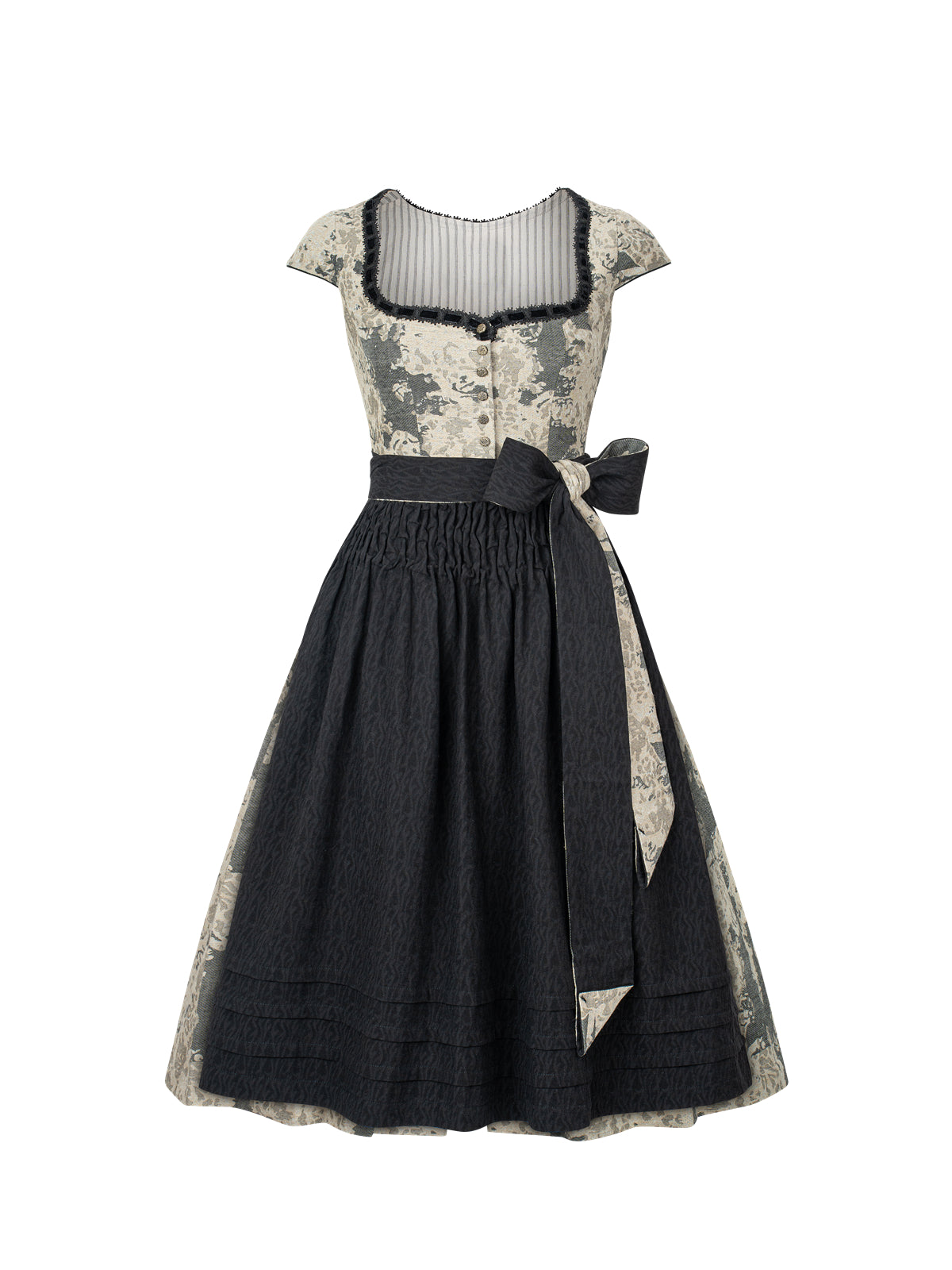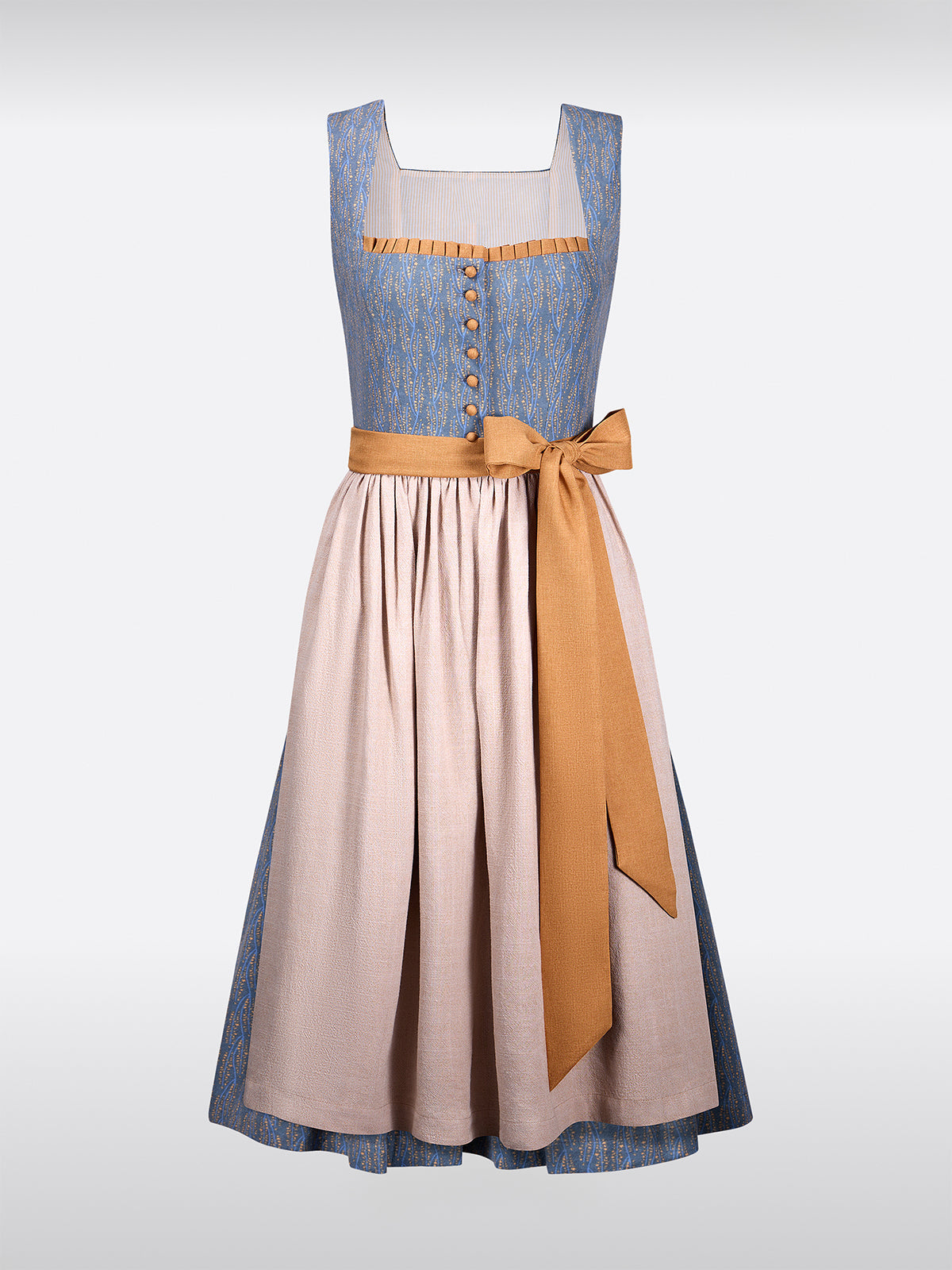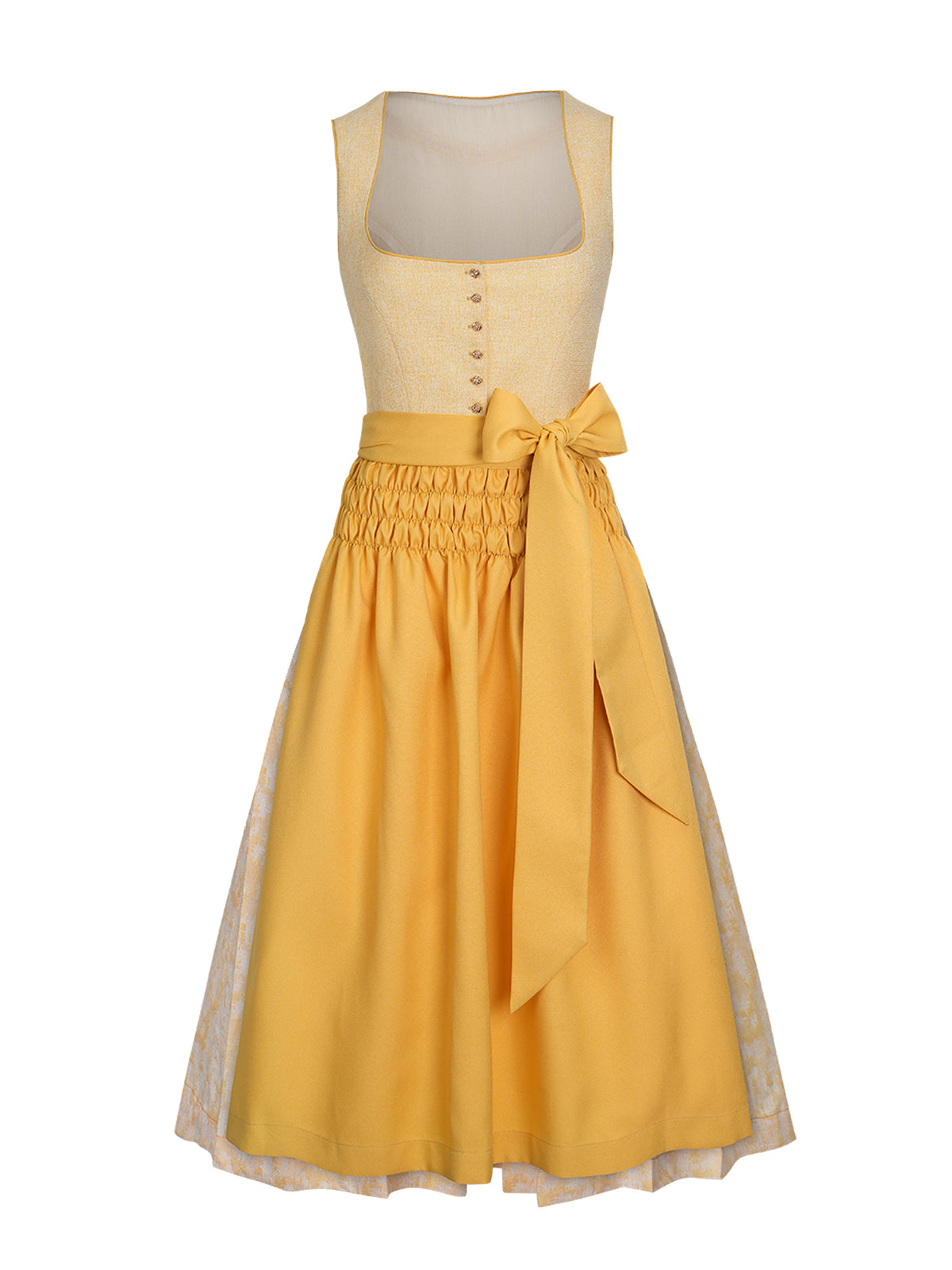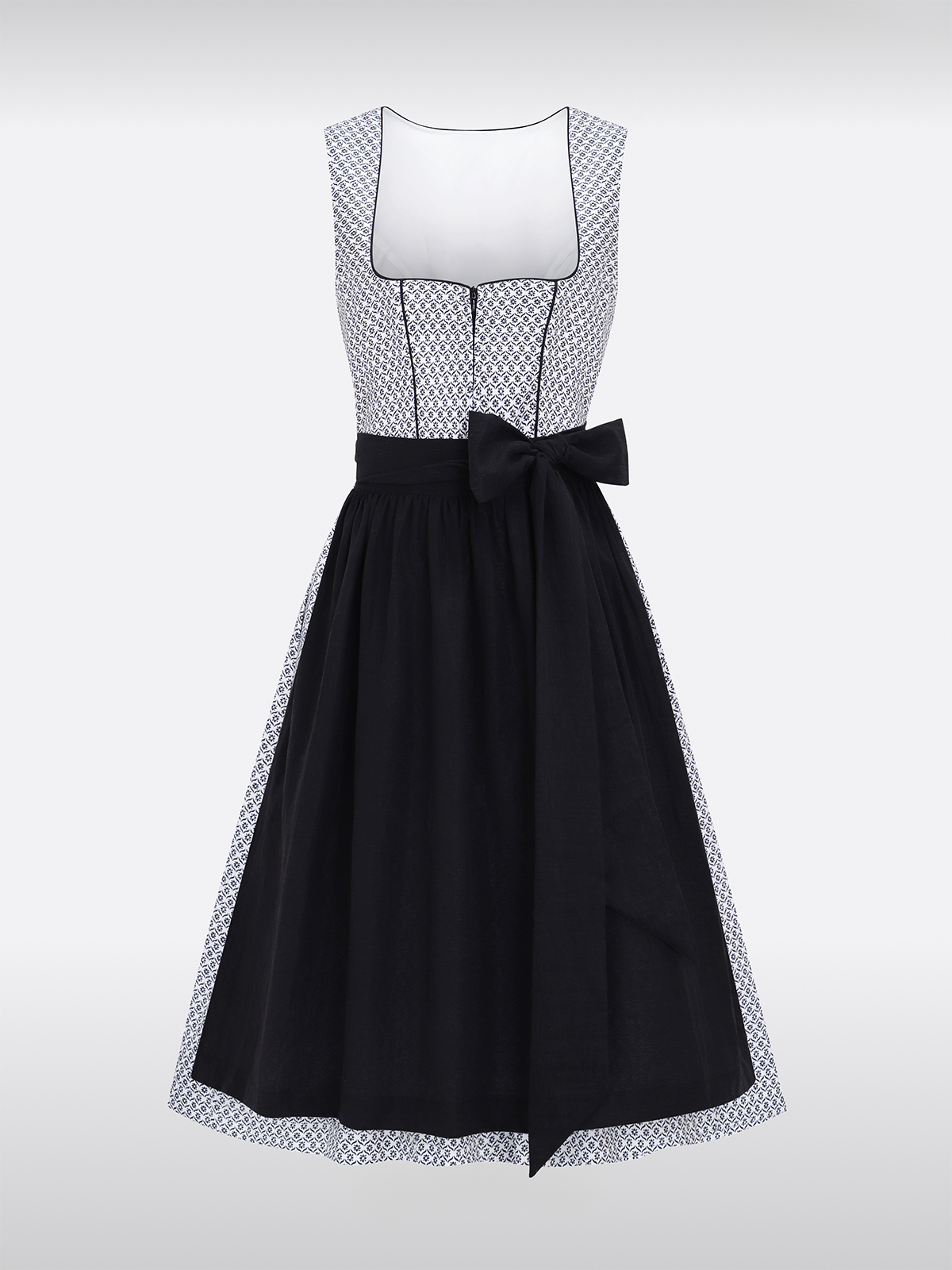I. The significance and influence of dirndl fashion in German fashion
A. The position in German fashion
The dirndl has a long tradition in Germany. Originally, it was the everyday dress of women in Bavaria and other rural areas. It was primarily used for hard work in the fields or in housework. Over time, however, the dirndl evolved into a festive garment, especially for events such as Oktoberfest, Christmas markets, and other local festivals.
Today, the dirndl is popular not only in Bavaria, but throughout Germany. It has become an integral part of German fashion and can be found at various fashion shows and in fashion stores throughout the country. The dirndl's popularity is due not only to its beauty and elegance, but also to its connection to German culture and tradition.
B. The influence on fashion
Dirndl fashion has had a profound influence on German fashion as a whole. It has provided new inspiration for designers and fashion brands. Many modern fashion collections incorporate elements inspired by dirndl fashion. For example, the tight-fitting blouse and wide apron, typical of the dirndl, are frequently adapted into modern garments.
Furthermore, dirndl fashion has led to a revival of regional and traditional fashion in Germany. In many towns and villages, there are still small studios and shops specializing in the production of original Dirndls These studios help preserve traditional craftsmanship while developing new creative approaches.
II. The differences between traditional and modern design variants
A. Traditional design features
Traditional dirndls have several distinctive features. They are usually made of natural materials such as cotton, linen, or silk. The traditional version of the purple dirndl or the purple dirndl is often made of high-quality silk or velvet. The colors are classic natural colors, such as purple and violet, which are found in the Bavarian landscape. For example, purple can be reminiscent of heather blossoms, while violet evokes lavender fields.
The cut of the traditional dirndl is plain and simple. The blouse often has wide cuffs and a neckline combined with an apron. The apron is an essential part of the traditional dirndl, as it adds a certain elegance and flair. The dirndl skirt is usually wide and falls in elegant folds.
B. Modern design variants
In contrast to traditional design variations, modern designs have some interesting differences. One of the most important features of modern dirndls is the variety in fit and cut. Modern dirndls can be made from a combination of different materials to improve comfort. For example, a dress might be made from a blend of velvet and synthetic fibers to increase elasticity and breathability.
The modern version of the purple or violet dirndl can also be available in bright colors or with patterns. These versions are particularly popular with younger women, as they have a more modern and trendy look. Another difference is the use of modern details such as zippers, buttons made of unusual materials, or even LED lights in the apron or skirt, which gives the dress a futuristic and modern look.
III. How to enhance dirndl fashion with accessories
A.Hats and headgear
A matching hat is an essential part of dirndl fashion. dirndl purple For a dirndl or a purple dirndl, small, round hats in a neutral shade like beige or black are suitable. A traditional hat with a chamois beard is also a popular choice, especially for traditional festivals. For modern design variations, however, you can also experiment with a stylized and more modern hat, decorated with, for example, a few glass beads or feathers.
B. Chains and jewelry
Beautiful jewelry can significantly enhance the look of a dirndl. Silver or gold necklaces, especially those with glass beads or small pendants, go perfectly with a purple or violet dirndl. The glass bead necklaces can pick up and enhance the color of the dirndl, which looks particularly beautiful with the purple and violet tones. A simple gold chain can underscore the elegance of the garment and add a modern element.
C. Shoes
The choice of shoes is also crucial. For a purple dirndl, classic Bavarian-style sandals are suitable in the summer months. These often have a narrow heel and are made of leather. If it's cooler or you're attending an evening party, pumps in black or a color that matches the dirndl are a good choice. For a purple or lilac dirndl, leather moccasins with a narrow heel can also be a good option, especially if you're looking for a more rustic yet elegant look.
IV. The texture of the fabrics and the wearing experience
A. Samt
The velvet, which can be used for the lilac dirndl or the more traditional version of the violet dirndl, has a luxurious texture. The fine fibers flow gently over the body with every movement. The feel is soft and warm, which is particularly pleasant on cooler evenings or cooler summer days. Velvet also has a certain weight that makes the garment fit tightly and better emphasizes its shape.
B. Silk
Some dirndls are also made of silk. Silk has a unique feel—it's light, airy, and silky smooth at the same time. A purple silk dirndl would refresh the wearer in the summer months, yet still make them look elegant. The silk texture allows the colors to shine and creates a gentle play of light and shadow on the garment.
C. Linen
Linen is also a popular material for dirndls, especially in the summer months. A purple or violet dirndl made of linen is lightweight, breathable, and very comfortable to wear. While it does have the disadvantage of wrinkles, these wrinkles also add a certain charm to the garment.
V. The importance of colors in the festive atmosphere
The color scheme of the dirndl is no coincidence. The purple dirndl and the violet dirndl each have their own meanings and are a perfect fit for the Bavarian and German festive atmosphere.
The purple has a soft and mystical aura. It's reminiscent of the heather blossoms in the Bavarian landscape and conveys a sense of naturalness and tranquility. At Oktoberfest or other festivals in the region, the purple dirndl adds a touch of elegance and restraint.
Violet is a noble and powerful color. In Bavarian culture, it often has a spiritual meaning. dirndl purple It lends its wearer a special charisma and pairs well with festive dresses worn in churches and at formal events. The combination of purple and violet in dirndl fashion allows women to express their personality and taste while enhancing the festive atmosphere.

